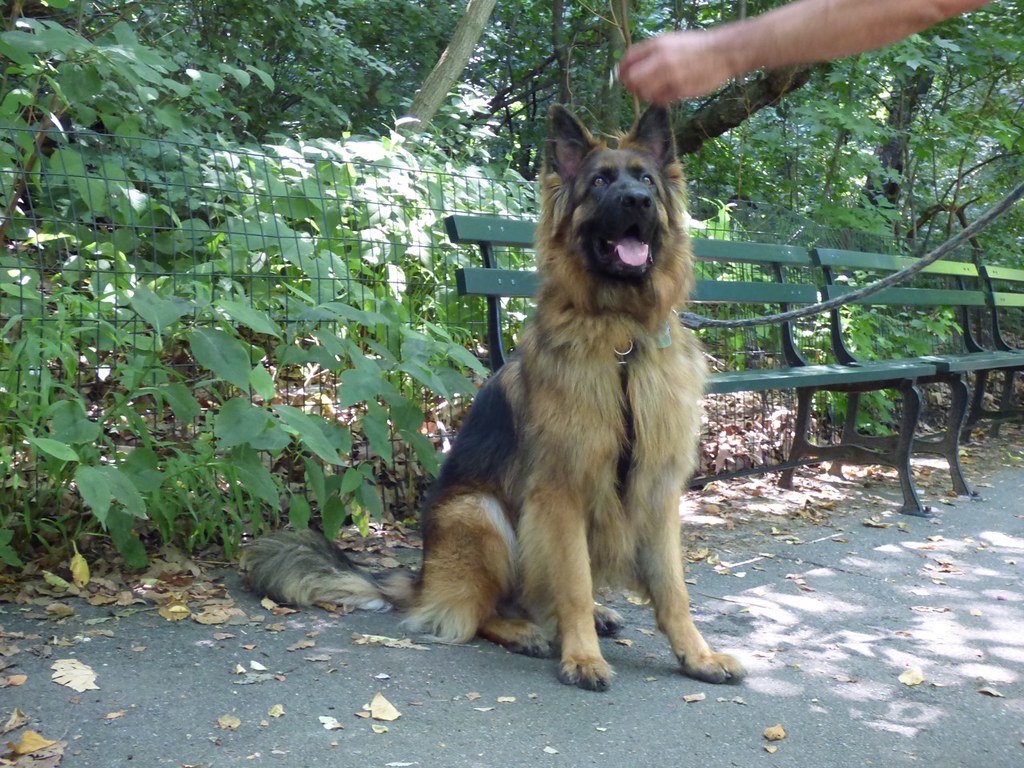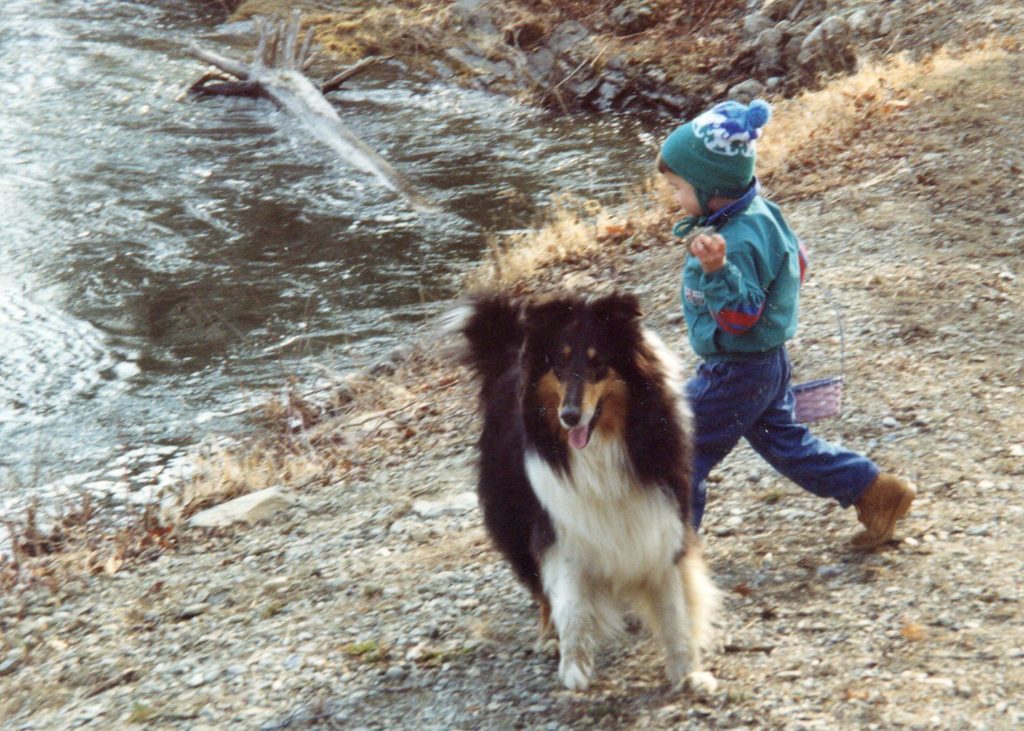Chaser, a female border collie, was able to understand more than 1,000 words and was known by many as the smartest dog in the world. Because of her talent for recognizing the names of objects, she appeared many times on TV and starred in numerous YouTube videos. Thanks to her exceptional abilities, Chaser, together with her handler John Pilley, showed the world how sophisticated a dog’s mind can be and contributed considerably to the study of dogs’ cognitive abilities.
What does it mean for a dog to be smart? Although researchers have demonstrated that dogs not only are able to understand human communication, but can also recognize human emotions, it is impossible to give an uncontested definition of intelligence.
The main problem is that we tend to label a dog as “smart” when their behaviors resemble our behaviors. Traditionally, the “intelligent” species are those who can use tools, count or solve complex problems. We particularly like to call smart the animals who are able to understand our language. How many times have we heard, “She’s stupid, she doesn’t understand anything I tell her” or, “My dog is so smart, he gets it just by looking at me!” Chaser could properly react to her handler’s requests and this is why she was so famous.

The internet is full of lists ranking the most intelligent dog breeds. In most cases, the top breeds are border collies (such as Chaser), poodles and retrievers, because of their quick learning. These breeds are generally considered easy to train and prone to follow commands, but “trainability” is not the only measure of intelligence.
For thousands of years, humans have genetically selected dogs’ behavior to please our own needs, such as hunting, guarding and herding. As a result, each breed is instinctively inclined to exhibit certain behaviors and less inclined to exhibit others. For instance, those breeds that were selected to closely work with people could more easily understand training exercises and quickly learn to perform them. Other breeds, less prone to cooperation, will be better at solving problems individually, without the directions of a human. However, it is still believed that the dogs who are more cooperative are also the most intelligent.
The reality is that there are many kinds of canine intelligence. Moreover, if we think about the fact that more than three quarters of the global canine population does not live in a home as a pet, we will realize that their intelligence is not necessarily linked to cooperation with humans. Every day free-ranging dogs find ingenious ways to locate food, look for a shelter and maintain relationships with their kin and with people. Stories about dogs who have learned to cross roads when the traffic light is green and open gates or food containers are not unusual. These dogs (who are mostly crossbred) do not always exhibit cooperative intelligence, but are perfectly capable of surviving in their own environment. Certainly, they are not stupid.

Therefore, it makes no sense to compare the intelligence of one breed with others, or of purebred dogs with mixed breeds, because each dog carries a different expertise depending on their genetic background. Moreover, each individual’s experience will shape that expertise to best adapt to the environment in which they live and have to survive. Albert Einstein said, “Everyone is a genius. But if you judge a fish by its ability to climb a tree, it will live its whole life believing that it is stupid.” Each individual is gifted with their own type of intelligence.
Intelligence can be expressed in thousands of ways and we need to try not to interpret it based on a human perspective. As humans and dog guardians, we have to be able to enhance the natural abilities of our dogs to help them adapt to our environment, which is very different from that of free-ranging dogs. We should not underestimate their intelligence when it seems that they are not listening and we should not think they are dumb when they do not understand us. Too often we tend to anthropomorphize their behavior and judge them as if they were human. Instead, we should respect the intelligence and the different nature of our dogs, in all its varieties. If, for example, our dog is a hound, selected to have a phenomenal sense of smell, we should not be surprised that she has trouble listening during walks, as her natural intelligence is expressed by tracing prey. Our role is to enhance their intelligence and, through positive experiences and a little bit of patience, teach them to safely and peacefully live with us.

Most importantly, we must not have exaggerated expectations and we must understand what our dogs need and are able to do, while being aware of their pasts and their genetic backgrounds. In one of his books, the ethologist and primatologist Frans de Waal asks, “Are we smart enough to know how smart animals are?” There is no need to compare: all of us, humans and non-humans, are smart in our own way.
We should love our dogs for who they are, without labels and unrealistic expectations. It is our responsibility to help them integrate into our families and our world with the compassion and respect they deserve.
Featured image: a husky at the Humane Center for Animal Welfare in Jordan. Image credit Kim Bartlett – Animal People, Inc.





